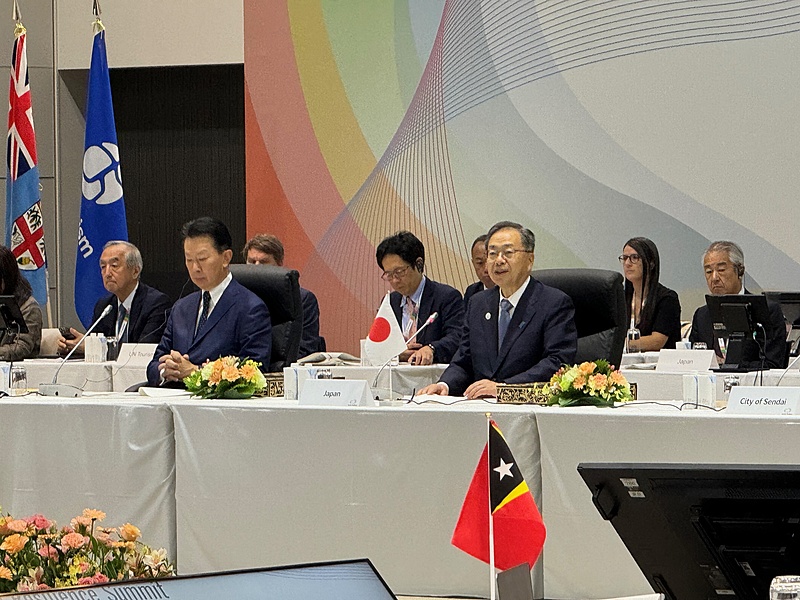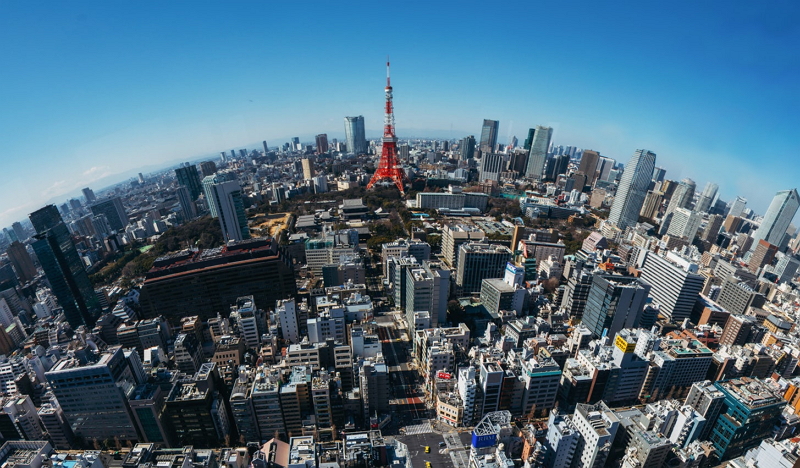
The first ‘Tourism Resilience Summit’ in APAC was held in Sendai City, one of the devastated areas by the Great East Japan Earthquake in 2011 and adopted ‘Sendai Statement.’ The Summit was led by Japan Tourism Agency in cooperation with UN Tourism to discuss resiliences of tourism destinations and tourism operators in preparation for possibly coming natural hazards or crises like COVID-19.
It was joined by Malaysia, Fiji, Papua New Guinea, Laos, South Korea, East Timor, Palau and Philippines as well as Japan, and UN Office for Disaster Risk Reduction (UNDRR), Pacific Asia Travel Association (PATA), Japan Travel and Tourism Association, Japan Association of Travel Agents (JATA) and Japan National Tourism Organization (JNTO),
Zoritsa Urosevic, UN Tourism Executive Director, stressed at a ministerial meeting that how important tourism resilience is amid a variety of crises occur worldwide, explaining that UN General Assembly in February this year designated 2027 as the international sustainable resilience year.
She also added that efforts for tourism resilience is an investment to the future, including usage of AI and data.
 UN Tourism Zoritsa Urosevic talks about tourism resilience.
UN Tourism Zoritsa Urosevic talks about tourism resilience.
At the ministerial meeting, they shared an idea that natural disasters and the COVID-19 pandemic have highlighted the vulnerability of the tourism sector to external pressures.
As tourism is expected to grow substantially in both scale and influence, they recognized that tourism resilience is of utmost importance in the world for SDGs efforts.
They also shared knowledge and experiences from each of the countries. Japan introduced tourism crisis managements in each region and new tourism destination developments with lessons from the Great East Japan Earthquake, such as ‘Michinoku Shiokaze Trail,’ a wide-area tourism route in Tokoku.
 Misniter of Tourism Saito (then) explained about a vairty of efforts in Japan.
Misniter of Tourism Saito (then) explained about a vairty of efforts in Japan.
Sendai Statement is expected to be a future direction for tourism resilience
‘Sendai Statement’ states that it is important to prepare in advance, ensure the effective function of response systems and collect and communicate accurate information to prevent and minimize the impacts of crises and disasters caused by natural hazards.
The expected initiatives before a crisis are to anticipate and evaluate risks based on the geographical conditions and characteristics of the tourism industry in each region and also to identify stakeholders( roles in advance to establish coordination systems.
In addition, potential risks should be informed to tourists, tourism businesses and residents, and the spread of misinformation after the events should be prevented and controlled.
Training, simulations and capacity building of both individuals and organizations for crises should be improved.
After a crisis, the statement says that it is essential to absorb the Impacts of crises and disasters caused by natural hazards, and recover through adaptation and transformation. The expected initiatives are to apply insights gained from past experiences to develop a tourism strategy, to strengthen cooperation between the public and private sectors, and to develop and promote tourism products throughout the entire community in line with the future vision.
“For sustainable tourism, improvement of tourism resilience is a common challenge globally, but we have not shared knowledge and experiences accumulated by each of the countries,” Tetsuo Saito, Minister of Land, Infrastructure, Transport and Tourism (then), said at a news conference. “We will take concrete steps to make Japan a leader in tourism resilience, and will increase the number of participating countries in the second and subsequent summits while letting the world know that this is a meaningful initiative.”
 Sendai Mayor Kori (left) and Saito expalined about Sendai Statement at a news conference.
Sendai Mayor Kori (left) and Saito expalined about Sendai Statement at a news conference.
Sendai City draws up a tourism crisis management manual
The 3rd World Conference on Disaster Risk Reduction in Sendai City in 2015 adopted ‘Sendai Framework for Disaster Risk Reduction 2015–2030.’
Following that, Kazuko Kori, Sendai City Mayer, revealed that the city has drawn up a tourism crisis management manual. “Based on the Sendai Statement, Sendai City will work with other countries in the Asia-Pacific region to further improve tourism resilience and promote its importance both domestically and internationally,” She said. “We will make efforts to secure safe travel through training or educational seminars for tourism operators.”
The welcome reception was held in Akiu Onsen before the summit, and tourism resiliences workshops for tourism operators were also organized. After the summit, participants visited heritages of the Great East Japan Earthquake to learn how Sendai City has recovered from the disaster.
 Welcome reception at 'Sakan' rokan in Akiu Onsen.
Welcome reception at 'Sakan' rokan in Akiu Onsen.
 Tourism Resilience Summit board in Sendai Station.
Tourism Resilience Summit board in Sendai Station.
 Excursion to one of the earthquake heritages, Arahama Elementary School.
Excursion to one of the earthquake heritages, Arahama Elementary School.
 A guide expained how Arahama Elementary School was dmaaged by the earthquake.
A guide expained how Arahama Elementary School was dmaaged by the earthquake.




